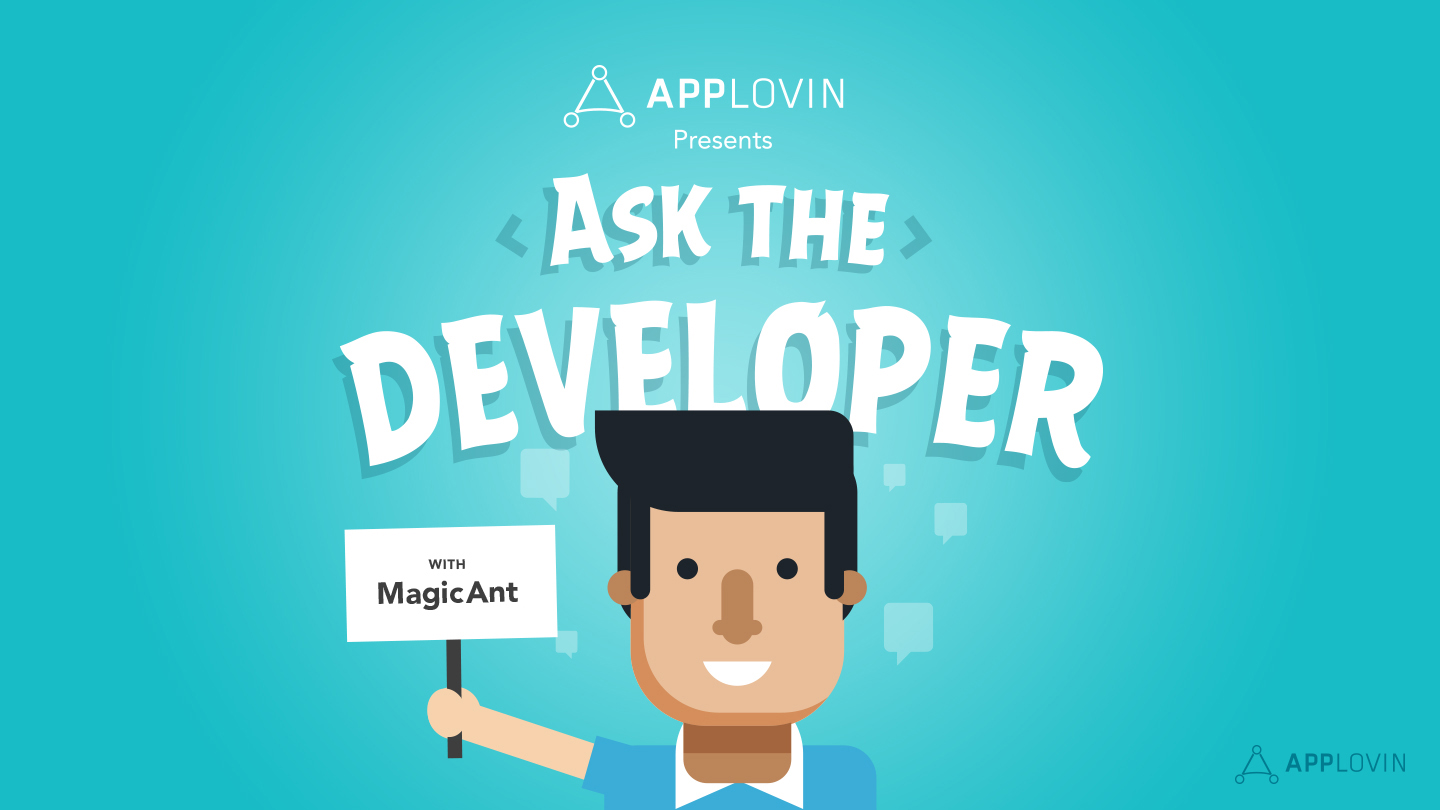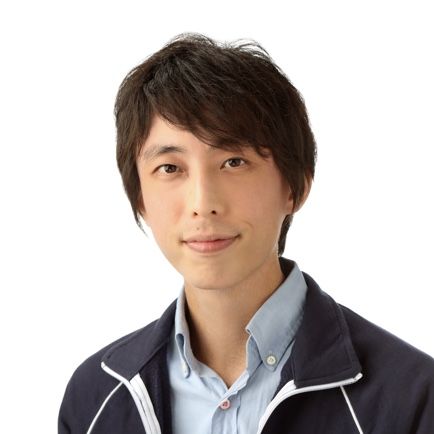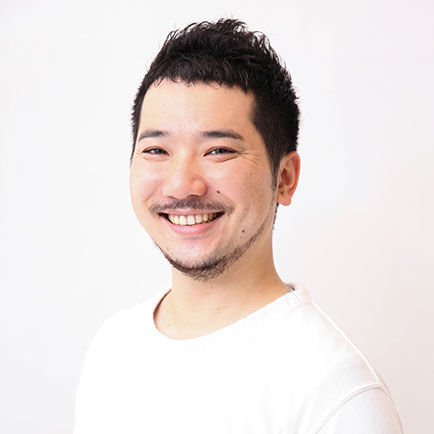Gaming, Mobile App Growth
Ask the Developer: How Japanese dev MagicAnt propelled 1LINE to number one in the US
Jan 9, 2019

Gaming, Mobile App Growth

AppLovin attended Ad:tech Tokyo for the first time this year, which is one of the biggest marketing conferences in Asia. Our booth served both as a meeting point for guests and as a stage where we gave talks on a wide range of topics regarding the mobile industry. All ten of the sessions were broadcast live on the official AppLovin Japan Facebook page.
This report will take a closer look into our session titled, “How to reach number one in the US App Store rankings! Ask Mr. MagicAnt, who achieved the number one ranking with 1LINE.” We welcomed Ryusuke Yamaguchi from MagicAnt, Inc. as a guest speaker, and our very own Tatsuo Sakamoto and Akira Taninaka served as the moderators.
 Taninaka: Thank you for joining us today. The theme of this session is “How to reach number one in the US App Store,” so today we have welcomed Mr. Yamaguchi from MagicAnt, Inc.
Taninaka: Thank you for joining us today. The theme of this session is “How to reach number one in the US App Store,” so today we have welcomed Mr. Yamaguchi from MagicAnt, Inc.
Yamaguchi: Thank you.
Taninaka: First off, can you please introduce yourself?
 Yamaguchi: Nice to meet you. My name is Ryusuke Yamaguchi and I am the CEO of MagicAnt. We have been developing apps since the early days of smartphones. I previously worked as a manager at an app development company, and we had a total of around 30 million downloads for all of our apps. Since founding MagicAnt, we have had a total of around 50 million downloads. This year, we reached number one in the US with a game called 1LINE (iOS/Android), so we are working on continuously taking that number one spot.
Yamaguchi: Nice to meet you. My name is Ryusuke Yamaguchi and I am the CEO of MagicAnt. We have been developing apps since the early days of smartphones. I previously worked as a manager at an app development company, and we had a total of around 30 million downloads for all of our apps. Since founding MagicAnt, we have had a total of around 50 million downloads. This year, we reached number one in the US with a game called 1LINE (iOS/Android), so we are working on continuously taking that number one spot.
Taninaka: Can you please tell us about your game, 1LINE?
Yamaguchi: You can tell by looking at it, but 1LINE was developed as a “one-stroke” classic puzzle game with a simple rule that is easy to understand throughout the world from the moment you pick it up and play it.
Taninaka: 1LINE reached number one in the US App Store rankings, but in today’s session, I’d like to ask you about how the marketing operations were carried out until the app reached the top spot. First, I’d like to ask you about the differences in marketing between North America and Japan. What are your thoughts, Mr. Sakamoto?
 Sakamoto: Hello, my name is Tatsuo Sakamoto. I am in charge of business development at Lion Studios, a media division of AppLovin.
Sakamoto: Hello, my name is Tatsuo Sakamoto. I am in charge of business development at Lion Studios, a media division of AppLovin.
“The biggest difference between overseas and Japan is that overseas, the reliance on online advertising is close to 100%.”
Plainly speaking about app marketing, the biggest difference between overseas and Japan is that overseas, the reliance on online advertising is close to 100%. As a publisher, we have released around five to six titles in the past six months that have reached number one in the US App Store rankings, but to my knowledge, we have never spent any money on promotions except for on digital and online advertising. We increase our rankings by earning downloads on a very large scale through ad placements on various ad networks, including AppLovin.
Taninaka: Does this mean that you do not run many TV commercials in the United States? In Japan I believe you do so because it is very effective.
Sakamoto: The biggest difference is that the key stations that you can watch on a terrestrial broadcast signal are limited to channels 1 to 12 in Japan]. In the United States, people watch cable television, so there are hundreds of channels to choose from. Excluding special events such as the Super Bowl, there aren’t any channels that are watched simultaneously by a double-digit percentage of viewers. It’s very segmentalized. Realistically, it’s extremely difficult to reach out and produce volume with a TV commercial, so we inevitably turn to online channels.
Taninaka: I’d like to address my next question to Mr. Yamaguchi. When you reached number one in the US rankings, what kind of promotions did you run on what types of channels specifically? Also, what kind of networks did you use, and what was the ratio for each one?
Yamaguchi: When we carried out promotions, we couldn’t spend our budget all at once, so we selected the Unity platform, which can distribute on a global scale, and ran a broadcast test as a test promotion. It tested well, so we used the top five or six companies in AppsFlyer’s Power Ranking, such as Facebook and AdWords, and only distributed the app through ad networks that could distribute globally. Because we make casual games, almost 80% of our promotions were in a video format.
“Because we make casual games, almost 80% of our promotions were in a video format.”
Taninaka: So the networks you selected all have a big video inventories. Approximately how long did you conduct the initial tests?
Yamaguchi: The test period was around one month.
Sakamoto: What did you look at during the tests? What was the CPI, and where and how much could you acquire? Or, did you look at the KPI after the installations?
Yamaguchi: Both. For example, we looked at how many downloads we could acquire with one dollar. We were aiming to reach the number one ranking, so we knew how many downloads we needed and had measured the budget scale. There were actually no users in the United States so we calculated the LTV (lifetime value) once we accumulated a certain number of users.
Taninaka: By the way, did you go after number one from the get-go, or was it more like, “we reached the number one ranking as a result of making investments because the ROI was good?”
Yamaguchi: In this case, our intention from the beginning was to grab the number one spot. It also depends, as there are circumstances such as the accounting period.
Taninaka: It’s fine if you can’t provide specific figures, but how long did it take, and how much money did you spend per day to reach the number one spot?
Yamaguchi: The day we reached number one, we had a total of around 150,000 downloads. Of them, around 100,000 were non-organic, or in other words, were acquired through ads. The CPI was around 70 yen, so we spent about that same amount. I’d say on a monthly basis, we spent around 100 million yen just on ads for 1LINE.
Sakamoto: Obviously you don’t have a set budget. Like, this month, we only have this amount of money to spend. How is that aspect managed?
Yamaguchi: The basic idea is that if the acquisition cost is lower than the LTV, we’ll utilize it as long as cash flow is generated, and we don’t really think about it in terms of a set budget. We work based on the idea that if it yields a profit, we’ll hit the gas.
Taninaka: When creating ad creatives for the overseas market, what are some things that you’ve modified from the ones used in Japan?
Yamaguchi: In terms of localization, due to the nature of the games that we make, we don’t require much text, so I think it’s ideal if you can convey the gameplay just by showing in-game videos.
Taninaka: So you create them with the objective of properly conveying the content of the game to the viewers?
Yamaguchi: Yes, that’s right. Promoting the actual in-game play is much more effective than TV commercials.
Sakamoto: In the beginning, a video of 1LINE was shown, but thinking about it now, I don’t remember whether the UI was in English or Japanese. I think that if you saw that video, Japanese people would install the app, understanding what it’s about. That is why leaving out unnecessary things and making sure that the moments you believe are the most enjoyable when playing the game is key. Mr. Yamaguchi, how many creatives do you create?
Yamaguchi: During the test promotion stage, we prepared about two types, vertically and horizontally. We have in-house creative designers, and they generally take around 3-4 days to create them.
Taninaka: So when they look pretty good and you’re ready to hit the gas, you continue adding them from time to time?
Yamaguchi: Yes. During the test stage, we make around two creatives without spending too much manpower, and during the promotions stage, we increase the number of creatives and variations.
Taninaka: This is a bit off topic, but can you tell us how you calculate ROI?
Yamaguchi: We use the following calculation formula:
LTV=ARPDAU (average revenue per daily active user × TAD (total active days per user))
Sakamoto: With TAD, say you acquire 100 users on that day and you graph a curve that depicts retention rate decreasing by 50% the following day, and down to 40 users for the following retention rate. The profitability per one active user per day is a certain amount, so if you have 100 users on day one, you’ll make whatever 100 x that ARPDAU is, and on the second day you will make 50 x, and continue adding the figures to produce the average LTV per user.
Taninaka: So around a week after is the where you’re looking the most.
Yamaguchi: It depends on how much we continue to step on the gas. For example, Happy Glass (Android | iOS), which ranks high in the App Store even in Japan, has been in first place for an entire month. It’s strange even for me that it continues to grow. We do spend a lot and the revenue continues to increase, so we look at the figures by freeing up the resources. Test promotions and a “never give up” spirit are what’s important.
Taninaka: Mr. Yamaguchi, I’m sure there are many people here that want to release their apps overseas, mainly in North America. What kind of advice would you offer them?
“Improving your product while looking at data is extremely important.”
Yamaguchi: I believe that casual games can be developed in a short period of time. Therefore, I think that it is best to run test promotions once the core game is completed, produce actual figures such as retention rate and CPI, and quickly determine whether they are good or not. Improving your product while looking at data is extremely important. In the sense of creating a situation where you can quickly view figures, I think that it’s good to first try a test promotion, even if it is small.
Taninaka: Thank you. How about you Mr. Sakamoto?
Sakamoto: I agree 100% with what Mr. Yamaguchi just said, and if I can add one more thing, I’d say that having a “never give up” spirit is important.
Yamaguchi: Yes, that’s very important.
Sakamoto: Ultimately, not all games will be a hit, and to put it the other way around, the chances of a game hitting is closer to 10-20%. With that in mind, it’s tough when you can’t determine when a game is a flop and that you should stop production quickly, and move on to the next project. Conversely, that’s how many times you will fail. All developers and publishers, no matter who they are, have failed many times.
“All developers and publishers, no matter who they are, have failed many times.”
I think that when you start off with an expectation of “this will probably fail but it might work,” and carry out small tests. You may realize that “this may be a hit,” and can quickly make a decision and move forward. I think that it’s better to have that type of mentality.
Taninaka: It is a pretty painful topic. I used to make games as well, so I understand the struggles. Well, this looks like a good place to conclude the session. Thank you for your time.